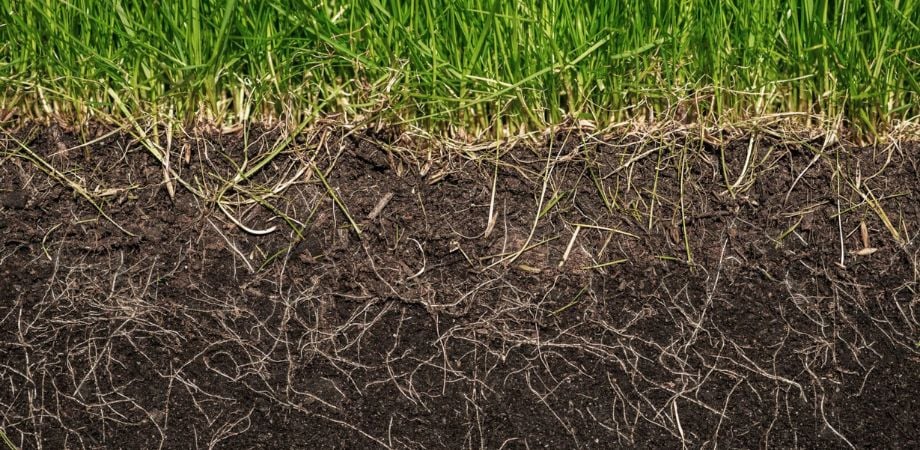Fall is a season of change, but for lawn care operators, one thing that doesn’t change is the threat of weeds. There are a few steps you can take this season to eliminate any remaining weeds and prevent new ones from appearing on your customers’ lawns in the spring.
Eliminate Remaining Summer Annuals
Summer annual weeds like crabgrass, purslane, and goosegrass grow and spread rapidly during the summer, often outcompeting customers’ turf. For properties still dealing with summer broadleaf annuals, a post-emergent herbicide like ArmorTech Threesome will control them fast. Acclaim Extra is another post-emergent option that is specifically designed to kill crabgrass and goosegrass. It’s important to note that these weeds drop their seeds before dying, but pre-emergent applications can be made in the early spring to keep them from germinating.
Make Late-Season Applications for Problem Weeds
As temperatures drop, post-emergent herbicides become less effective. Some products like Defendor are designed to perform in low temperatures—it can be applied in soil temperatures as low as 36°F.
Defendor targets over 20 stubborn annual and perennial broadleaf weeds, including dandelion and clover, which can stick around well into late fall. For those in regions where dandelion is prevalent, Defendor provides complete control, and an application in the late fall will prevent it from blooming.
Defendor’s ability to perform in cooler temperatures and its low use rate make it a great choice for late fall control, when callbacks and complaints can be an issue. With a late-season product like Defendor, you can ensure your customers’ lawns are in great shape before winter strikes, and keep dandelion and other difficult weeds from becoming a problem next year.
Control Stubborn Perennial Weeds
Perennial weeds like wild violet and ground ivy are known for their deep root systems and herbicide resistance. Since broadleaf weeds concentrate on bringing nutrients down to their roots in the fall, a fall herbicide application will cause the weeds to bring the herbicide’s chemistry, along with the nutrients, down into the root system. This increased uptake will allow for a more complete kill of the weed.
ArmorTech 4-Runner is particularly effective on ground ivy and over 90 other weeds and works quickly, providing visual results within hours. Sure Power is another option that delivers quick results, often within days of application, and controls both wild violet and ground ivy.
Use Pre-Emergents to Control Winter Annuals
Winter annual weeds germinate in the fall and then overwinter, emerging in the spring. Before the end of their lifecycles, winter annual weeds will flower and drop their seeds. Some examples of winter annual weeds are henbit, prickly lettuce, shepherd’s purse, and hairy bittercress. By applying pre-emergent herbicides in the fall, you can keep these weeds from popping up on customers’ lawns in the new year.
A pre-emergent herbicide like Specticle FLO can prevent winter annual weeds from germinating on warm-season lawns, while ArmorTech Kade 4L can be used on both cool- and warm-season grasses to control over 30 weeds. There are many other herbicides to choose from, and your ATS rep can help you find the product(s) you need to succeed
Keep in mind that seeds germinate at slightly different soil temperatures. Aim to apply your pre-emergent when soil temperatures average 70°F at two inches for several days. An application within that temperature range will get the chemistry into the soil before the seeds can germinate and will reduce the need for post-emergent applications.
With the right strategy and products, you can control weeds on your customers’ lawns from now until next spring. To learn more about your fall herbicide options, reach out to your ATS rep. If you’re new to ATS, you can find a rep here.












